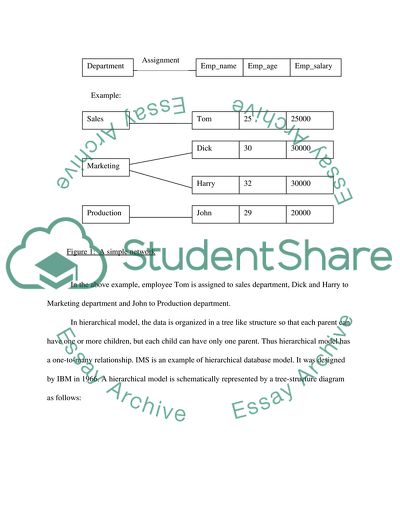Cite this document
(“Database Architecture and Administration Essay Example | Topics and Well Written Essays - 2250 words”, n.d.)
Retrieved de https://studentshare.org/politics/1537503-database-architecture-and-administration
Retrieved de https://studentshare.org/politics/1537503-database-architecture-and-administration
(Database Architecture and Administration Essay Example | Topics and Well Written Essays - 2250 Words)
https://studentshare.org/politics/1537503-database-architecture-and-administration.
https://studentshare.org/politics/1537503-database-architecture-and-administration.
“Database Architecture and Administration Essay Example | Topics and Well Written Essays - 2250 Words”, n.d. https://studentshare.org/politics/1537503-database-architecture-and-administration.


